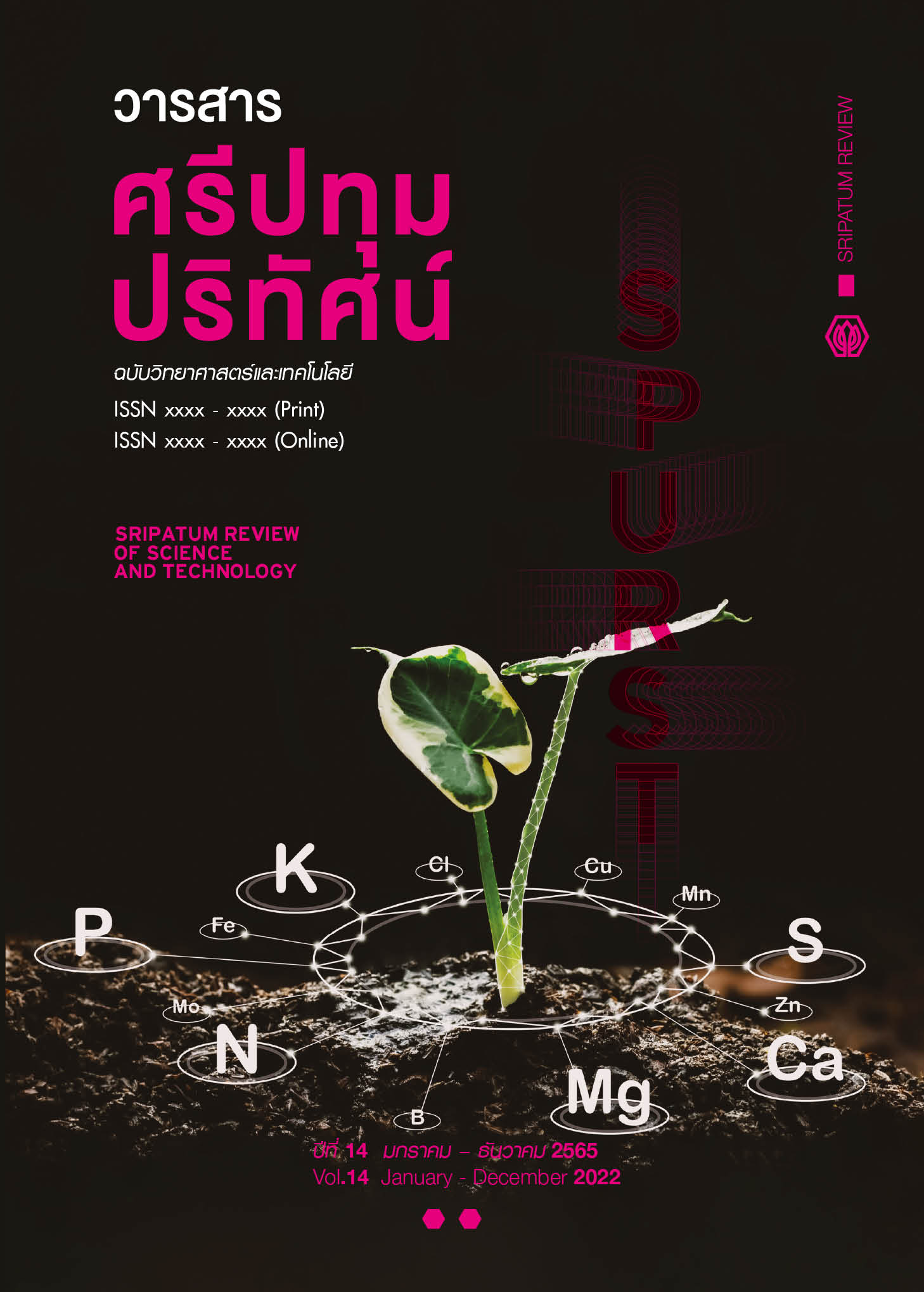Adaptive Neuro-Fuzzy Inference System (ANFIS) Modeling for Irrigation Construction Pre-Qualification Assessment
Main Article Content
Abstract
The objective of this study is to develop the model for irrigation construction pre-qualification assessment using an Adaptive Neuro-Fuzzy Inference System (ANFIS). Assessment data of the irrigation construction contractors who applied for the pre-qualified irrigation construction contractor list were collected from the Procurement and Supply Division, Royal Irrigation Department (RID). Forty samples of such data were input into the model in order to simulate the contractor's Qualification Scores. The score was calculated based on four specific criteria including experience and performance, financial competency, human resource competency, and tools and equipment competency. Thirty-six data (or 90%) were used to train the model and four data (or 10%) were used to validate the model. Statistically, simulation result was significant, with a total statistical error (RMSE) of 0.0101. The PQ-ANFIS Model was tested using five experimental simulations, which cover all pre-qualification criteria. The results were as followed, Scenario 1: RID score was 27.17 and Model score was 27.12 making it 4th place in ranking; Scenario 2: RID score was 38.79 and Model score was 38.81 making it 3rd place in ranking; Scenario 3: RID score was 71.26 and Model score was 71.18 making it 2nd place in ranking; Scenario 4: RID score was 84.73 and Model score was 84.80 making it 1st place in ranking; and Scenario 5: RID score was 97.20 and Model score was 97.08 making it Superior in ranking. According to the results from all five scenarios, it can be concluded that PQ-ANFIS Model is a model with high accuracy and precision, high flexibility, and easy-to-use. The model can effectively simulate pre-qualification score of the construction contractors.
Article Details
References
Janthaban, B. (2013). Proper Characters of Contractors for Bridge and Highway Construction Projects of The Department of Highways. Thesis of the Degree of Master of Engineering Program in Civil Engineering. Nakhon Ratchasima : Suranaree University of Technology. (in Thai)
Office of the Permanent Secretary Ministry of Commerce. (2017). Ministry of Finance regulations According to the Government Procurement and Supplies Administration Act. [Online]. Retrieved June 26, 2021, from : http://www.ops.moc.go.th/ewt_dl_link.php?nid=3926 (inThai)
Pawan, P. and Lorterapong, P. (2015). A Fuzzy-Based Integrated Framework for Assessing Time Contingency in Construction Projects. , J. Constr. Eng. Manage. 142(3), DOI: 10.1061/(ASCE)CO.1943-7862.0001073 (2015), 830-839.
Royal Irrigation Department. (2017). Criteria and methods of selection to be listed as a person with preliminary qualifications in the construction contract irrigation construction (Revised Edition). [Online]. Retrieved June 26, 2021, from: http://supply.rid.go.th/_data/docx/asset/หลกเกณฑและวธคดเลอด%20ปรบปรงใหม update2.pdf (in Thai)
Russell, J. S. and Skibniewski, M. J. (1990). QUALIFIER-1: contractor prequalification model. Journal of Computing in Civil Engineering, 4(1), 77-99.
Russell, J. S. (1996). Constructor prequalification - Choosing the best constructor and avoiding constructor failure. New York, USA : American Society of Civil Engineers.
Sadeh, L. A. (1965). Fuzzy sets. Inform. Control, 8, 338-353.
Vanborsel, B. And Subsomboon, K. (2018). Data Analysis of the Contractor Who Abandons of the Governmental Construction Work from the Documents of the Comptroller General's Department. Thai Journal of Science and Technology Journal, 427-441. (in Thai)


